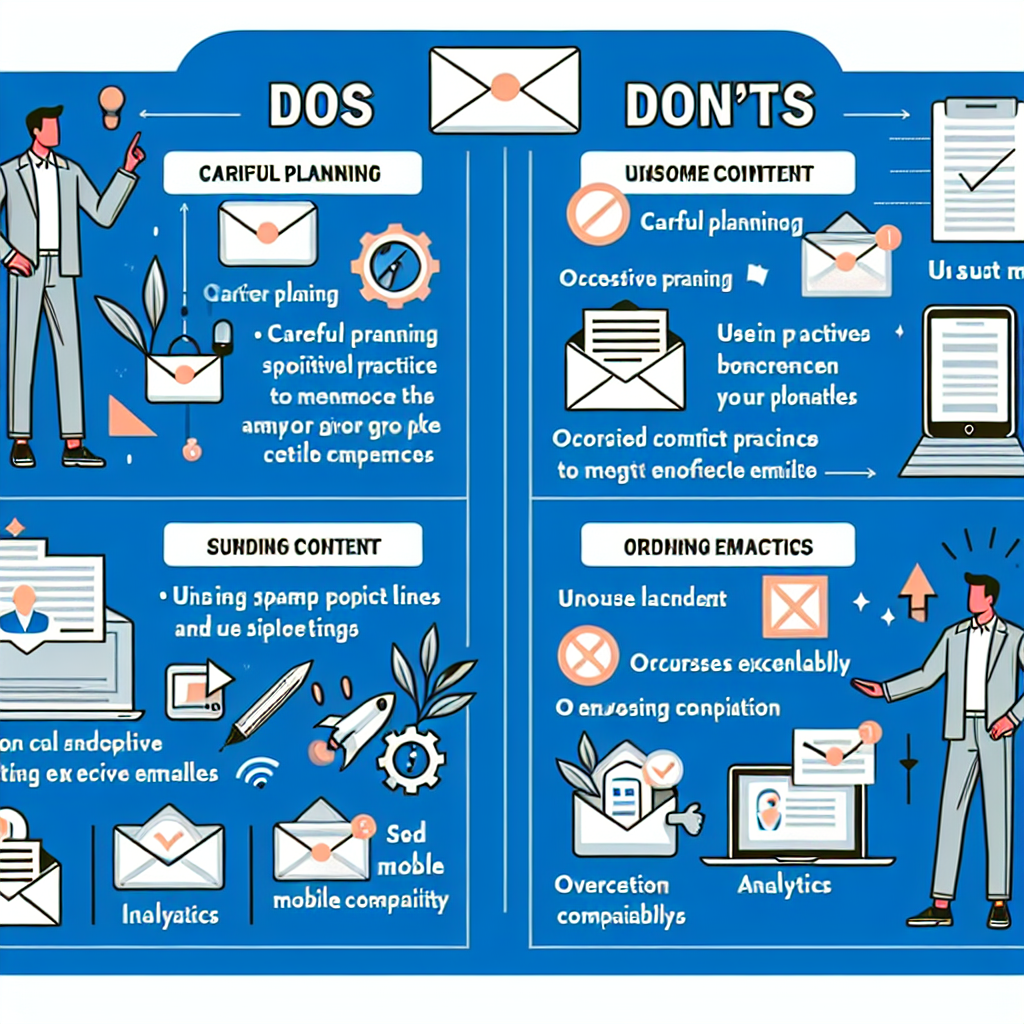Email Segmentation: Why It Matters and How to Do It Right
Email marketing is a powerful tool in the digital marketing arsenal. However, sending the same email to your entire list can lead to disengagement and unsubscribes. This is where email segmentation comes into play. In this blog post, we will explore why email segmentation matters and provide actionable tips on how to do it right.
What is Email Segmentation?
Email segmentation is the process of dividing your email list into smaller, more targeted groups based on specific criteria. This allows you to send personalized and relevant content to each segment, increasing the likelihood of engagement and conversions. According to a study by Mailchimp, segmented email campaigns have a 14.31% higher open rate and a 100.95% higher click-through rate than non-segmented campaigns.
Why Email Segmentation Matters
Effective email segmentation offers numerous benefits that can significantly improve your email marketing efforts. Here are some key reasons why email segmentation matters:
1. Increased Engagement
When you send relevant content to your subscribers, they are more likely to engage with your emails. Segmented emails cater to the specific interests and needs of your audience, leading to higher open and click-through rates.
2. Improved Customer Retention
Personalized emails show your subscribers that you understand and value their preferences. This can foster loyalty and improve customer retention rates. In fact, research by Epsilon found that 80% of consumers are more likely to make a purchase when brands offer personalized experiences.
3. Higher Conversion Rates
By targeting specific segments with tailored offers and content, you can drive higher conversion rates. Segmented campaigns are designed to address the unique pain points and desires of each group, making it easier to move them through the sales funnel.
4. Reduced Unsubscribes
Sending irrelevant content to your entire list can lead to higher unsubscribe rates. Segmentation helps ensure that your emails are relevant to each recipient, reducing the likelihood of them opting out of your list.
How to Do Email Segmentation Right
Now that you understand the importance of email segmentation, let’s dive into some actionable tips on how to do it right.
1. Collect Relevant Data
The first step in effective email segmentation is collecting the right data. This includes demographic information (age, gender, location), behavioral data (purchase history, website activity), and psychographic data (interests, preferences). Use sign-up forms, surveys, and analytics tools to gather this information.
2. Define Your Segmentation Criteria
Once you have the necessary data, define the criteria for your segments. Common segmentation criteria include:
- Demographics: Age, gender, income, location
- Behavioral: Purchase history, email engagement, website activity
- Psychographic: Interests, values, lifestyle
- Firmographic: Company size, industry, job title (for B2B)
3. Create Targeted Content
Develop content and offers that cater to the specific needs and interests of each segment. This could include personalized product recommendations, tailored promotions, and relevant blog posts. Use dynamic content blocks in your email templates to customize your messages for each segment.
4. Test and Optimize
Regularly test your segmented campaigns to identify what works best for each segment. A/B testing different subject lines, content, and CTAs can provide valuable insights. Monitor key metrics such as open rates, click-through rates, and conversion rates to measure the effectiveness of your segmentation strategy.
5. Automate Your Segmentation
Use email marketing automation tools to streamline your segmentation efforts. Automation can help you manage and update your segments in real-time based on subscriber behavior and preferences. This ensures that your segments are always up-to-date and your emails remain relevant.
Examples of Effective Email Segmentation
To illustrate the power of email segmentation, here are a few examples of how different businesses can segment their email lists:
1. E-commerce Store
An e-commerce store can segment its email list based on purchase history. For example, customers who have previously purchased women’s clothing can receive emails about new arrivals and exclusive discounts on women’s fashion. This increases the chances of repeat purchases.
2. SaaS Company
A SaaS company can segment its email list based on user behavior. For instance, users who have signed up for a free trial but haven’t activated their account can receive onboarding emails with tutorials and tips to get started. This helps convert free trial users into paying customers.
3. Travel Agency
A travel agency can segment its email list based on travel preferences. Subscribers who have shown interest in beach vacations can receive emails about the best beach destinations and special offers on beach resorts. This makes the emails more relevant and appealing to the recipients.
Conclusion
Email segmentation is a crucial aspect of effective email marketing. By understanding the importance of segmentation and implementing the right strategies, you can significantly improve your email engagement, customer retention, and conversion rates. Remember to collect relevant data, define your segmentation criteria, create targeted content, test and optimize your campaigns, and leverage automation tools. Start segmenting your email list today and watch your email marketing efforts soar.

